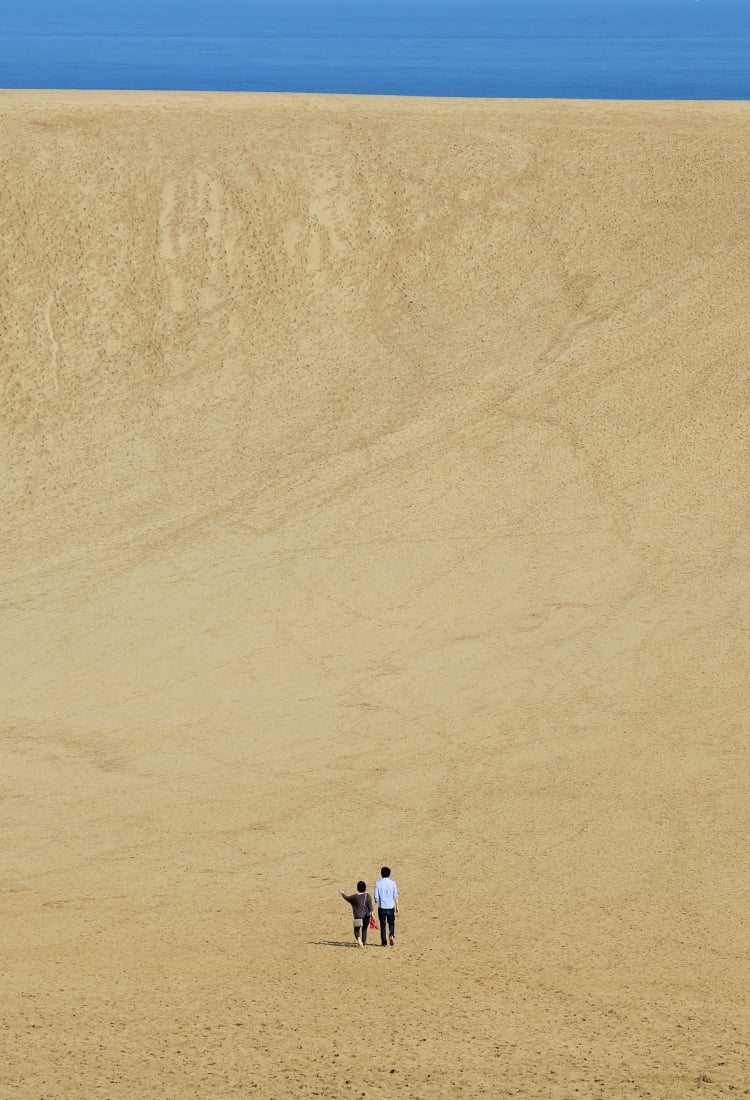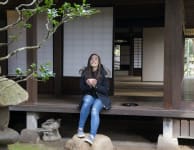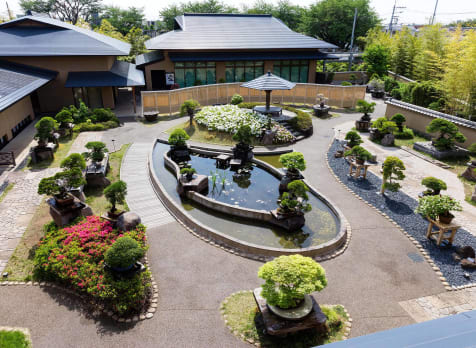Whether you're a frequent visitor looking to explore something new or simply looking to get off the tourist trail, Japan has plenty to discover
The traditional tourist trail for overseas travelers sees them arrive in Tokyo for a tour of the capital's sights before boarding a bullet train and heading down to the ancient city of Kyoto and then on to Osaka and, often, Hiroshima. Japan's Golden Route is well-established and certainly gives the first-time visitor a good overview of the nation, its culture, history, cuisine, and people. But as so much of Japan passes by in a flash beyond the bullet train's windows, those visitors have no idea just what they are missing. For the more adventurous traveler, getting off the beaten track can be such a rewarding experience. It may take a little more bravery and a willingness to be a little confused by a situation or location not covered in the guidebook, but the Japanese people you encounter will be unfailingly polite and helpful, making the payoff even more memorable.

Off the well-worn Golden Route
An ambitious alternative to a well-worn path that visitors have been taking for decades is the New Golden Route, which still links Tokyo with Kyoto but takes a more circuitous course. Departing north out of the capital by train, you can stop off at the Bonsai Art Museum in Omiya, Saitama Prefecture, and soak in the therapeutic waters of Gunma Prefecture's Ikaho Onsen before seeing the snow monkeys of Nagano relaxing in Shibu Onsen .
Side trips enable you to explore the impressive Kurobe Gorge and beautifully preserved townscapes of Takayama , in Gifu Prefecture, before progressing to historical Kanazawa , where the heart of the old town remains much as it was 100 years ago and Kenrokuen Garden is one of the top three landscape gardens in the country.
Beyond Kanazawa is Fukui Prefecture, which is often overlooked, but is home to the impressive Maruoka Castle and Heisenji Hakusan Shrine, before the route reaches its destination of Kyoto.
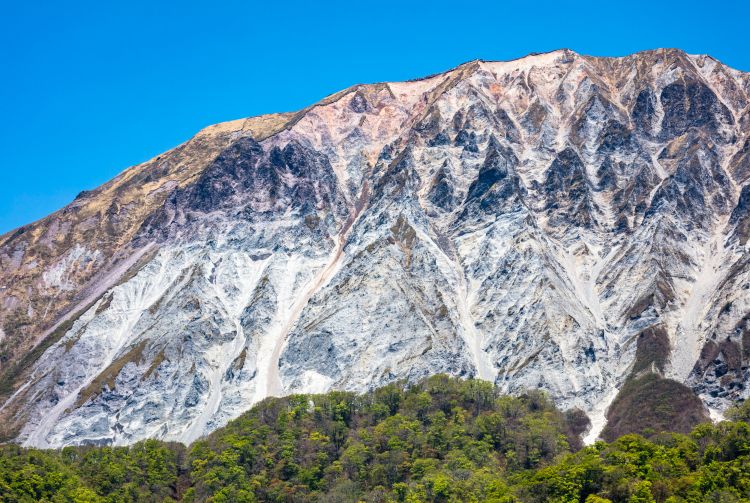
Diamonds of the north
In a completely different direction, the Diamond Route takes you on an exploration of the three prefectures of Fukushima, Tochigi, and Ibaraki, due north of Tokyo. Intersperse visits to onsen, castles, and festivals with hiking pristine forests. Venture through the spectacular mountain town of Nikko and visit temples and shrines, each with a different story to tell.
Some of the most respected travel media in the world recommended Japan as a destination that is not overcrowded with tourists in 2019, with Conde Nast Traveler singling out the islands in the Seto Inland Sea that will host the Setouchi International Art Festival and the new UNESCO World Heritage sites linked to the hidden Christian history of Nagasaki.
Equally, the budget travelers' bible, Lonely Planet, suggests stop-overs in Oita Prefecture in Kyushu, and the beautiful mountains and dramatic coastline of Iwate , in the northeast of Honshu.
Those recommendations demonstrate that for every famous location in Japan, there is a spot that is arguably just as impressive and certainly less visited.
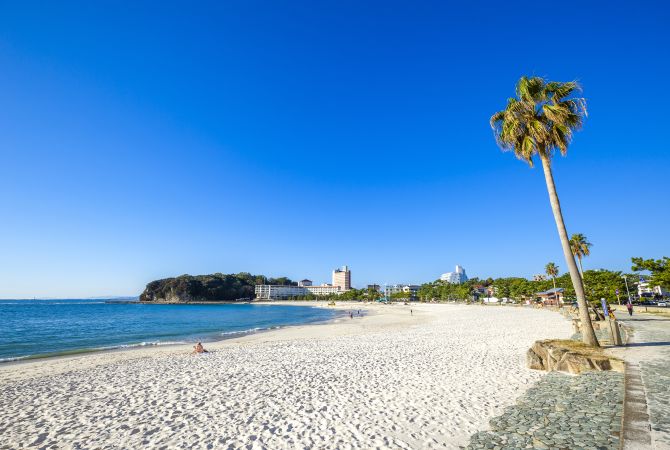
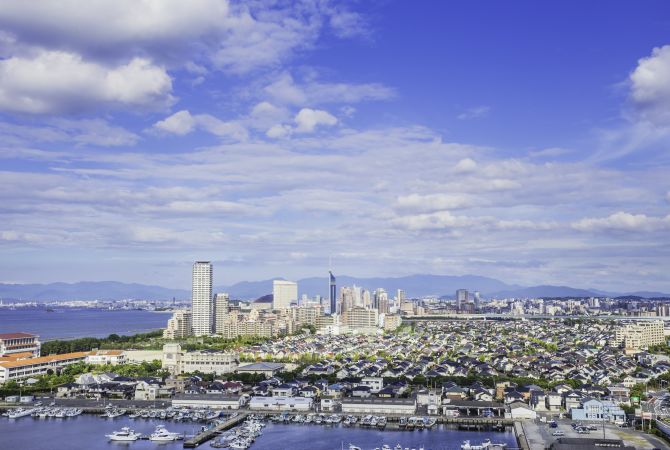
Okinawa is a beautiful, tropical island getaway
Alternative outposts
Instead of jostling for a view of Mount Fuji, for example, the 1,709-meter volcanic peak of Mount Daisen is similarly symmetrical and capped with snow through the winter months. The volcano, in Tottori Prefecture in the far west of Honshu, is also known as Hoki Fuji in a nod to its more famous relative.
Similarly, Kanazawa is known as "Little Kyoto", without the crowds. Its architectural heritage has been preserved, including the city's castle and the Oyama-jinja Shrine, while the streets of the geisha district still echo in the evening with the clip-clop of the immaculately attired women.
Holidaymakers may flock to the beaches of Okinawa Prefecture in the summer months, but the water in the bays of Wakayama Prefecture are similarly clear and easily accessible from major cities in Japan. Anyone seeking an alternative to the bustling cities of Tokyo or Osaka should look no further than the cosmopolitan and vibrant city of Fukuoka , famous for its yatai food stalls.
While skiing aficionados may insist that nowhere rivals Hakuba or Niseko for the finest snow in the country, anyone who has sampled the powder on more than 5 kilometers of trails in Appi Kogen may disagree. Instead of sharing the impressive gassho-zukuri thatched structures of Shirakawa-go with other visitors, strike out for similar homes and farm buildings in nearby Gokayama.
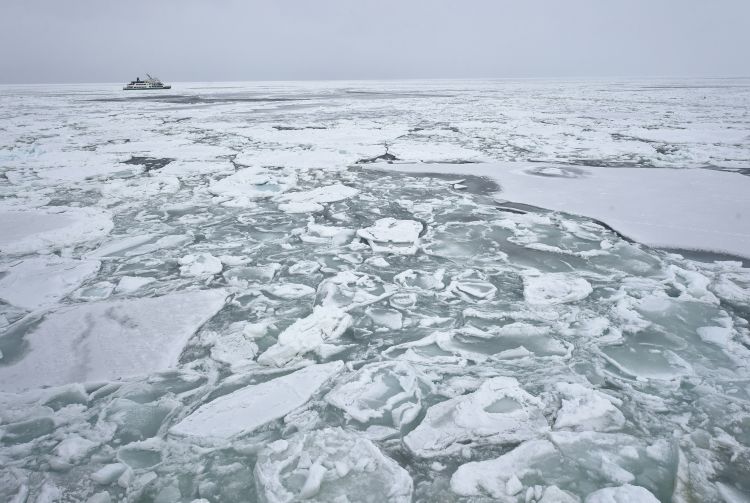
Uniquely Japanese
It doesn't take much effort to discover a place, pastime or occasion that is uniquely Japanese.
In Mie Prefecture, for example, you can visit the museum on the island where the world's first cultured pearls grew. See traditional ama divers dip below the surface and emerge with pearl oysters. Off the northern tip of Hokkaido, you will be encouraged to brave the sub-zero temperatures of a winter's day to ease yourself into a drysuit and frolic among the small drift ice on the Okhotsk Sea. Be warned; drift ice the size of a small car may appear to be perfectly stable, but they can rock alarmingly under the weight of a human passenger. Alternatively, you can admire the floating ice from the warmth of a cruise ship.

In sharp contrast, cities more synonymous with Japan's industrial heritage have launched sightseeing tours of the plants and factories so key to the nation's economy. Kawasaki, between Tokyo and Yokohama, was a pioneer of these tours, which are particularly impressive from a small boat at night. Similar expeditions can take in parts of Yokkaichi, Mie Prefecture, close to the manufacturing hub of Aichi Prefecture.
Another boat cruise enables you to get close to the famous Naruto whirlpools , which twist and turn in the 1.3-kilometer-wide straits that separate Shikoku from Awaji Island . Nature is just as majestic in Tottori on the coast of the Sea of Japan, where a geographical anomaly has created vast, towering dunes that can be explored on foot or from the back of a camel. If you are adventurous, you can try your hand at sledding down the steep dunes.
Sand is also the vital ingredient at Ibusuki Onsen in Kagoshima Prefecture, where you can enjoy an alternative to the Japanese pastime of relaxing in pools of hot water by being buried up to your neck in thermally warmed sand.
For animal lovers, a trip to Okunoshima, far better known as “Rabbit Island," is a must. Less than one kilometer across, this island in the Inland Sea off Hiroshima is teeming with wild rabbits that are friendly and welcoming to humans. Not to be outdone, there is a center for foxes in the mountains of Miyagi Prefecture.


Ample options
Getting around Japan, ordering in restaurants and arranging accommodation is becoming a good deal easier for foreign visitors, although it may still be a little daunting to some. Fortunately, many major tour operators offer all-inclusive tours to places that are not overcrowded with tourists, and many smaller companies also offer dedicated itineraries for special-interest travellers.
Cycling tours are one of the most significant growth areas, along with other outdoor activities, such as skiing and hiking. In 2004, the ancient pilgrimage routes of the Kumano Kodo , on the Kii Peninsula, were recognized by UNESCO as World Heritage sites. Temple stays in Koyasan are also popular, while countless other one-off opportunities exist, from bird-watching to scuba diving, culinary tours, and visits that examine traditional crafts such as pottery, dyeing, woodwork, and metalwork.
Getting around
A major bonus for independent travelers to Japan is the comprehensive and extremely reliable network of public transport services. Japan is, after all, the nation that gave the world the bullet train. Trains and bus services serving local areas complement the high-speed rail network that can take you to all corners of the country. Many of these smaller trains may only run a couple of times an hour and consist of a single carriage, but it's all part of the experience.
For added convenience, several transport operators have introduced regional travel passes, such as the Hokuriku Arch Pass, which allows unlimited travel on JR shinkansen trains, conventional trains and even some private railways for seven consecutive days. The price of a pass will work out significantly lower than purchasing tickets for individual journeys.
Get on the open road
The other option for independent travelers is to rent a car for the duration of a visit. Like the rest of the nation's transport networks, Japan's roads are well maintained and efficient. Drivers are polite and considerate towards other people on the roads.
Rental firms can be found outside any sizable station in the country, although travelers will generally need to book in advance through a website. Most companies offer services in other languages, and in-car navigation systems can also be programmed to give directions in other languages.
As soon as the key turns in the ignition, the open road and adventures beckon.




















































